Cawanol Professional is one of, if not the only mass-produced caffenol-based film developer. Made in Brantford, Ontario, Canada, this film developer offers film photographers an easy and reliable way to experience caffenol.
Caffenol Lab’s Cawanol Professional is an eco-friendly, high-contrast black and white film developer. Compared to homebrew caffenol, it’s easier to use, has less of a smell, and is more reliable. and tends to work best with slight overexposure to retain shadow details.
I picked up a couple of 1-liter packs to test this developer out, and I have to say, while there are certainly some downsides, the developer produces good results overall. When you’re looking to create high-contrast images with lots of grain, Cawanol Professional will get you there.
Straight out of the scanner, the Cawanol films looked better than other developers. But there is a noticeable loss of speed in the shadows when compared to developers like DD-X — an effect that isn’t unexpected when using a caffenol-based developer.
Here are some of the results that I got from using this developer. Scroll down to see a comparison between caffenol, DD-X, and Rodinal.




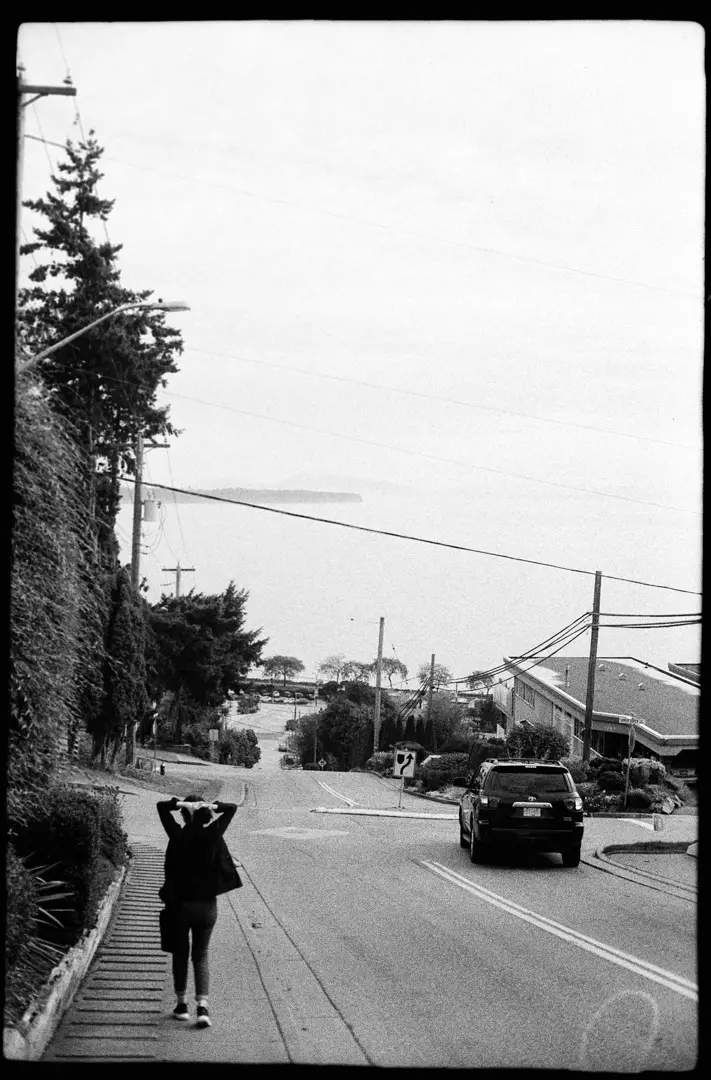
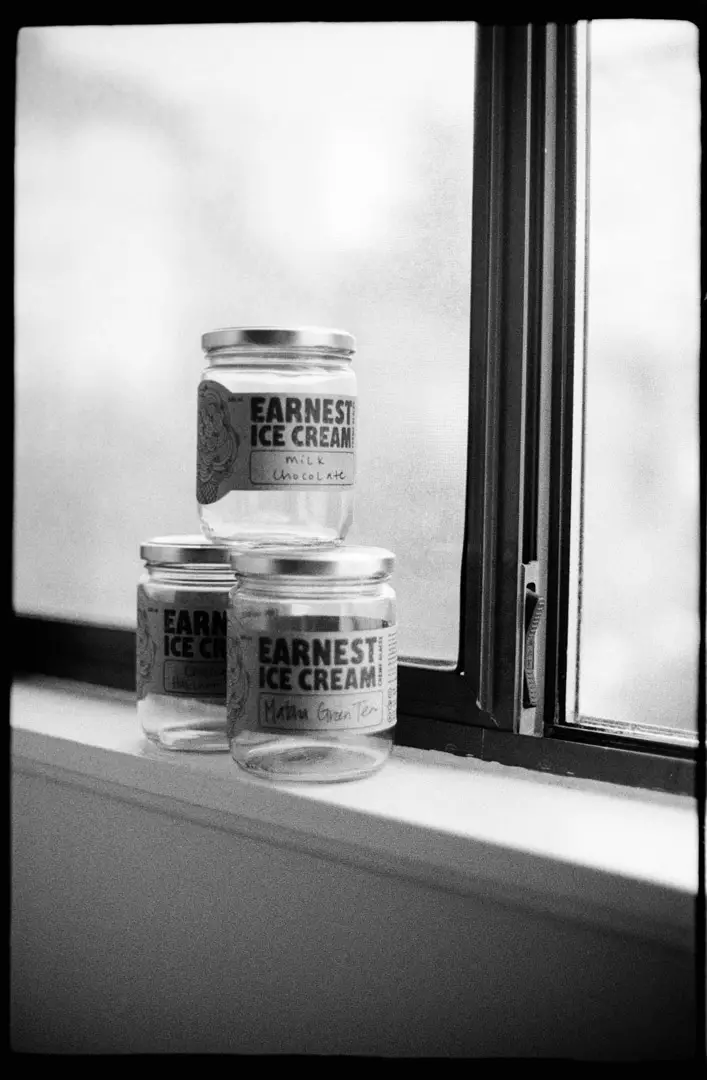
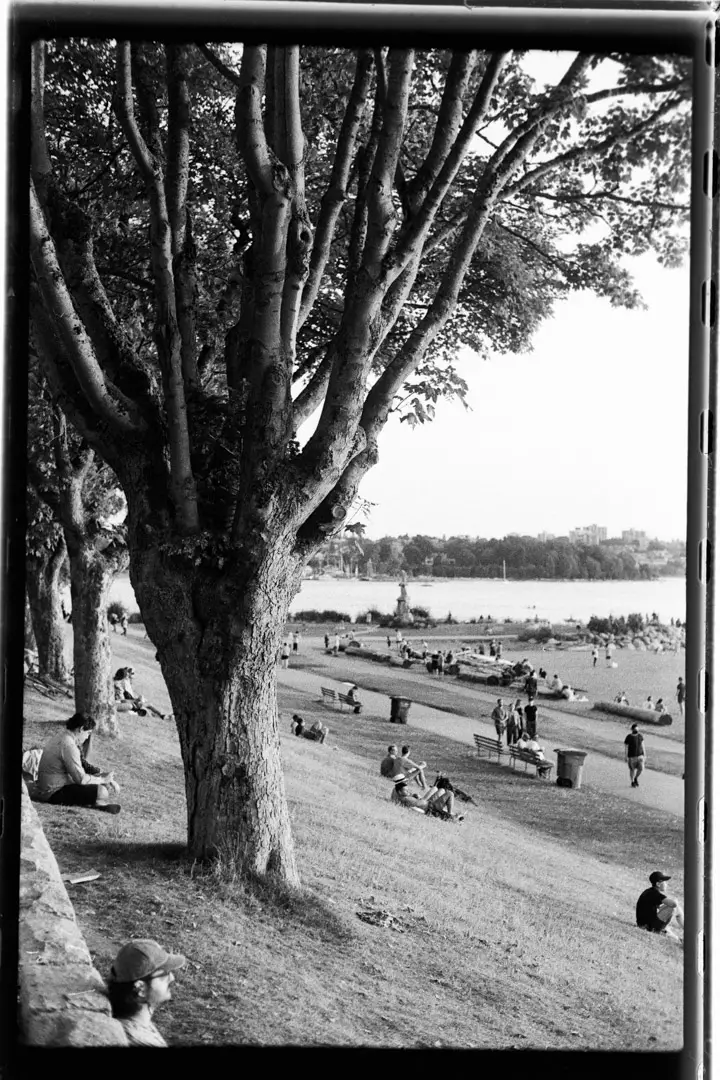
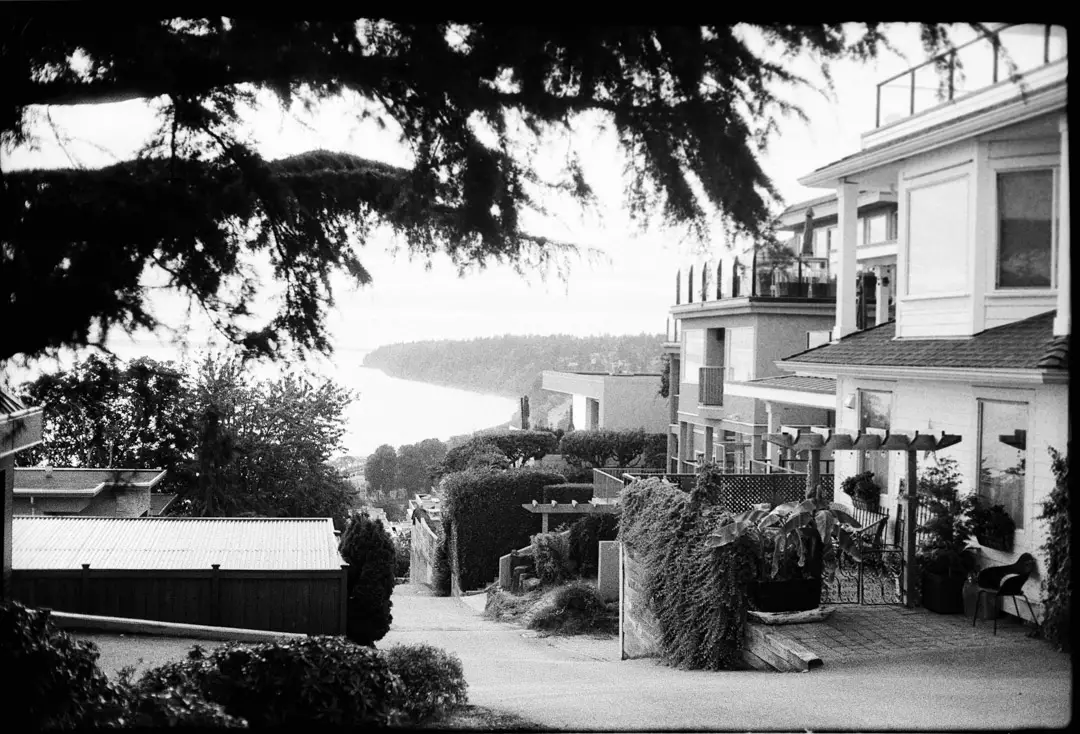
What does Cawanol Professional do well?
Cawanol Professional is a fantastic developer for street photography, portraiture, and landscapes when high contrast is desired. When there’s good, even light, this film developer will add contrast to the negatives, and produce some pleasing results.
The developer also produces negatives full of large grains, giving films a classic look similar to Rodinal (sold as Blazinol for the Canadians in the back). When film is well-exposed, the grains are manageable and appealing.
As a caffenol-based developer, Cawanol doesn’t contain any harmful chemicals, and can be dumped down the sink. As far as eco-conscious developers go, Cawanol Professional is likely the least impactful on the market today.
And since it’s a powdered developer that comes in small, lightweight packaging, carbon emissions produced from shipping are likely negligible.
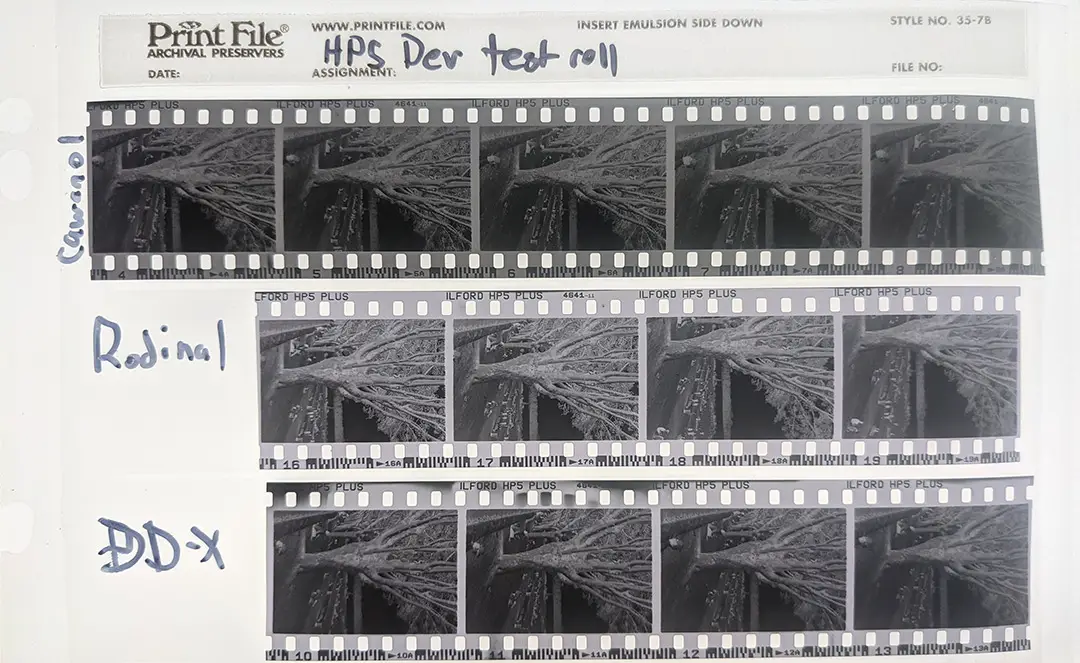
How does Cawanol compare to other developers?
I tested Cawanol Professional against Ilfotec DD-X and Rodinal and overall found some pretty interesting results. Cawanol Professional has the highest contrast, while DD-X produced the most even overall exposure. All developers exhibited a similar amount of grain.
The process
To do this test I shot one roll of HP5 shot at ISO 400 at a single location on the beach in Vancouver. The sun was setting, producing a scene with perfect, contrasty light. This is the perfect way to see exactly what effect a developer has on the film.
I took the images on my Pentax S3 with the SMC 50mm f/1.4 lens at f/4 (approximately the sharpest aperture) at 1/250 of a second, metered on the tree using the Light Meter App by WBPhoto. One improvement I could have made would be to use a tripod, but since I had a fast enough shutter speed, it wouldn’t have made a big difference.
The film was then scanned using my DSLR scanning setup with a Raleno light pad as the source, the Essential Film Holder to keep the negatives as flat as possible, and Negative Lab Pro version 2.2 in Lightroom CC.
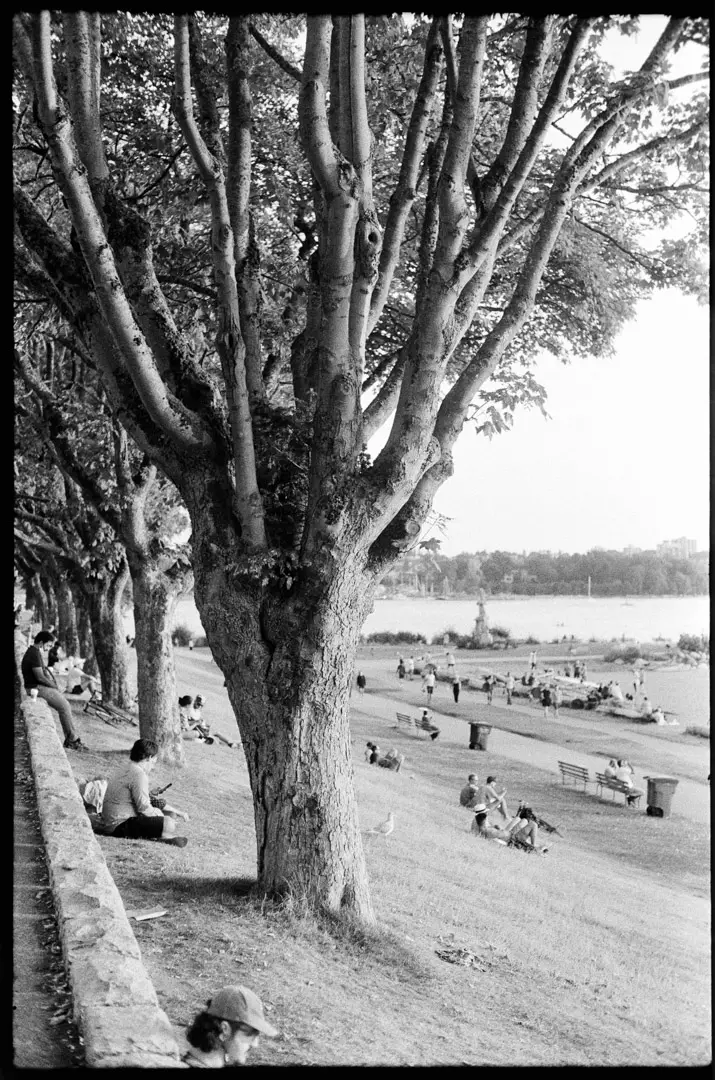
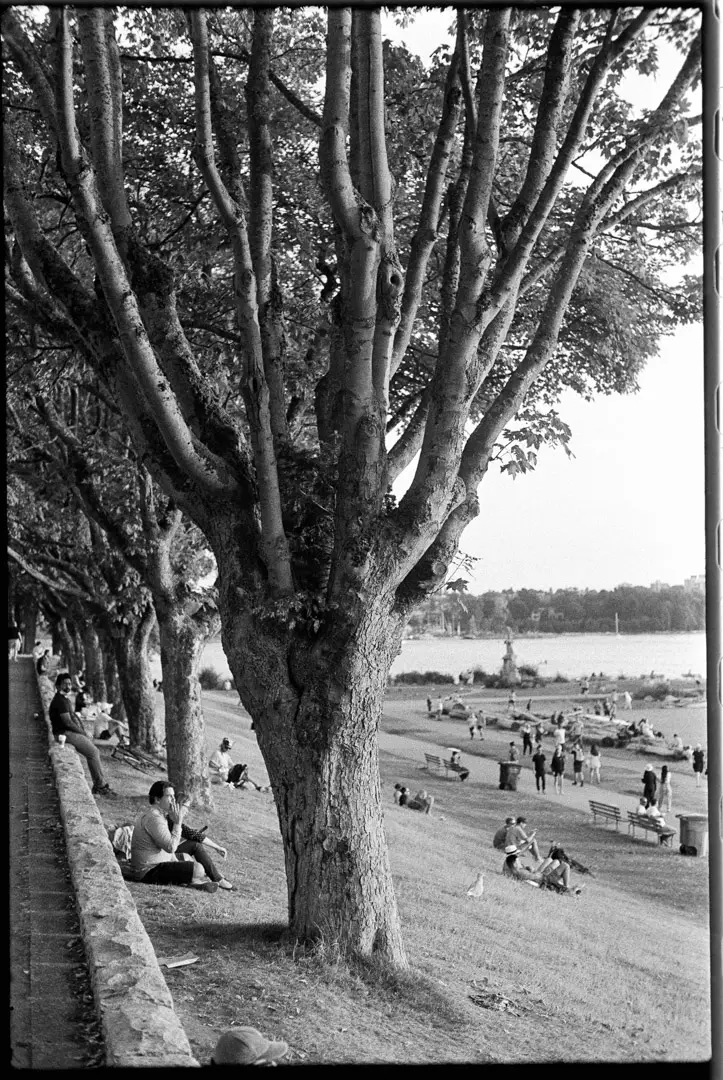

The results
I used Cawanol Professional to develop the first strip. Looking at the negatives above, it’s clear that the Cawanol did stain the negatives — a result that’s not uncommon for caffenol.
But looking at the negatives, it’s also clear to see that the DD-X has the least amount of contrast. The Cawanol Professional and Rodinal are essentially on par.
After scanning and converting the negatives in Negative Lab Pro, the real differences between Cawanol and the other developers became apparent.
Without any adjustments, the Cawanol Professional and the Rodinal created the best-looking images. The DD-X produced images that looked washed out. My partner and I both remarked at how beautiful the results the Cawanol Professional created were.
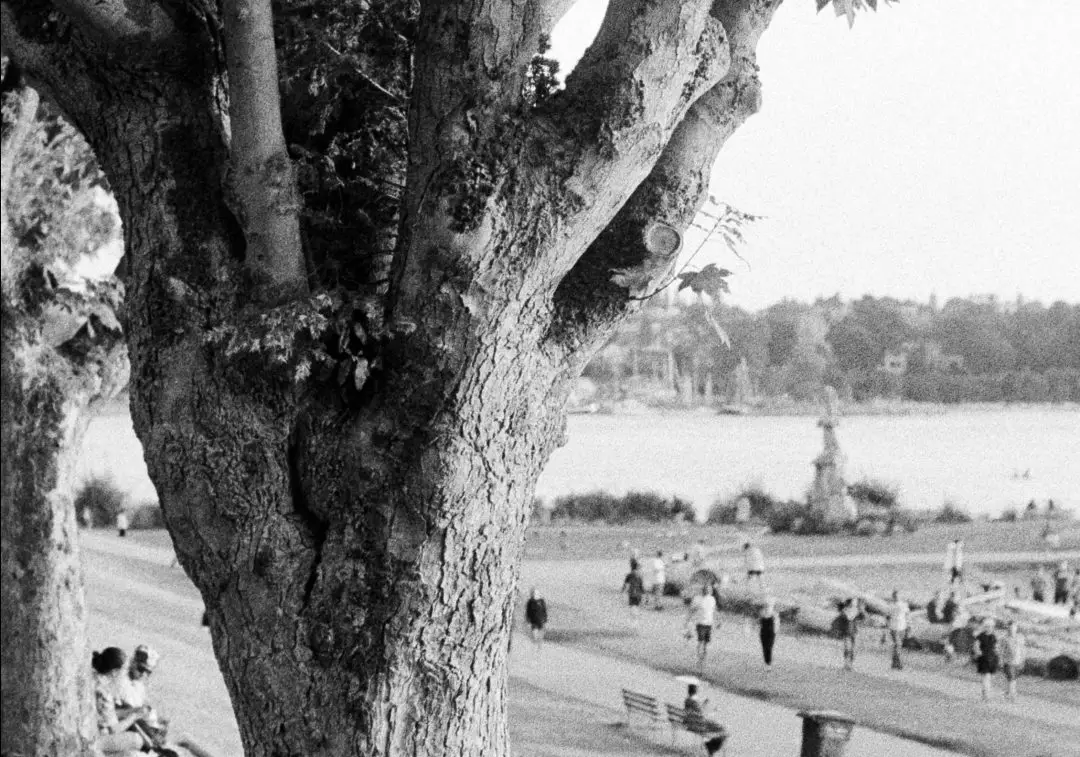
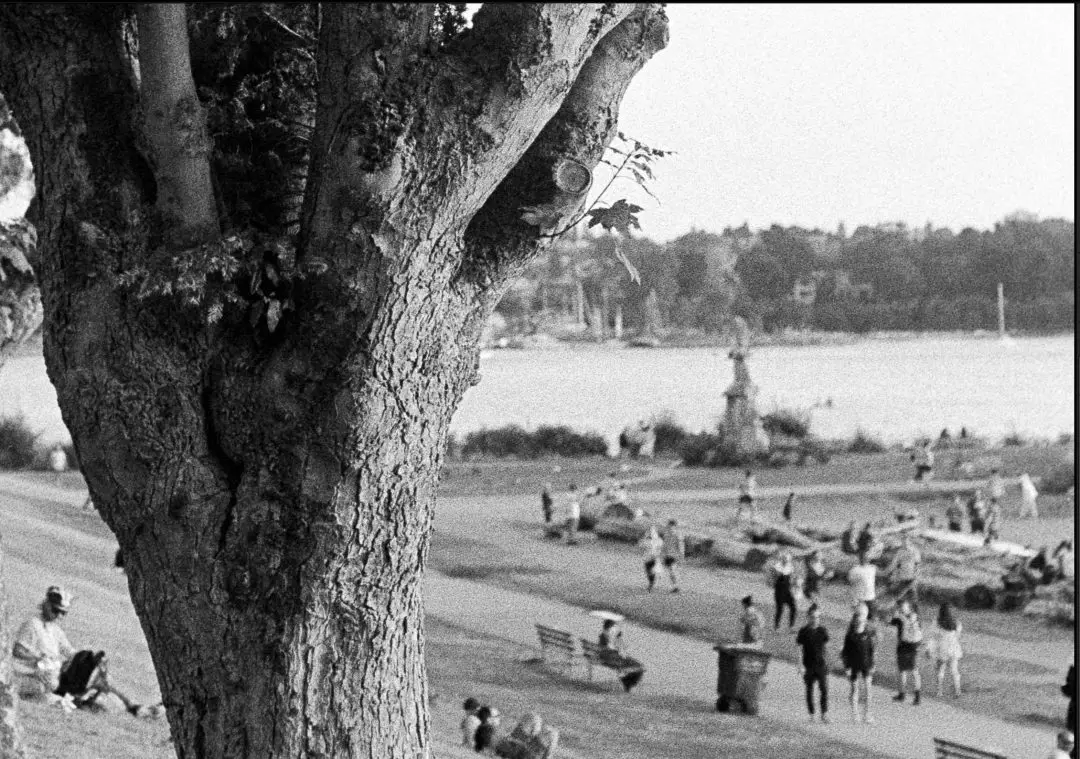
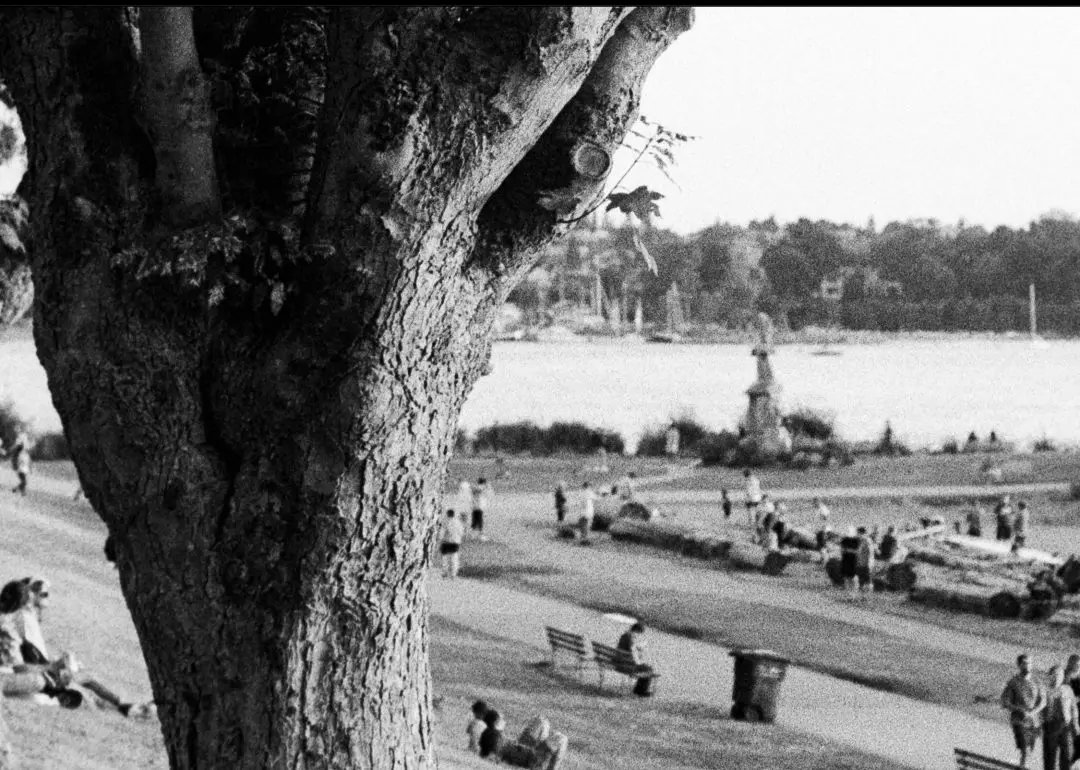
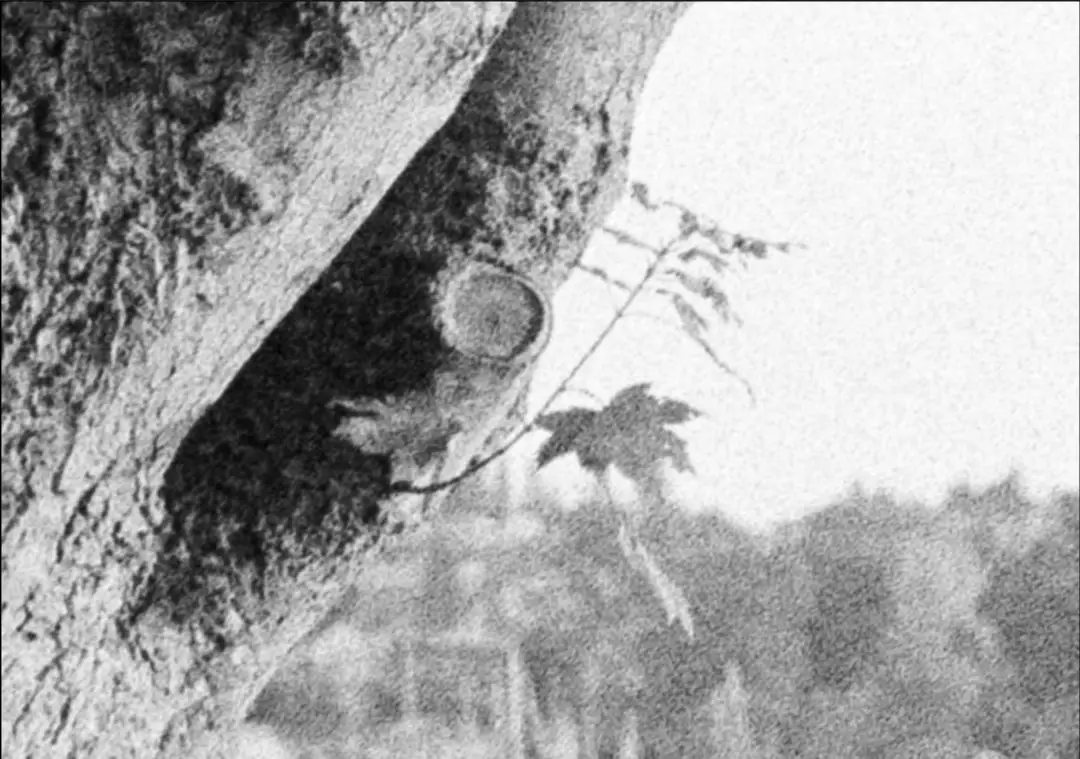
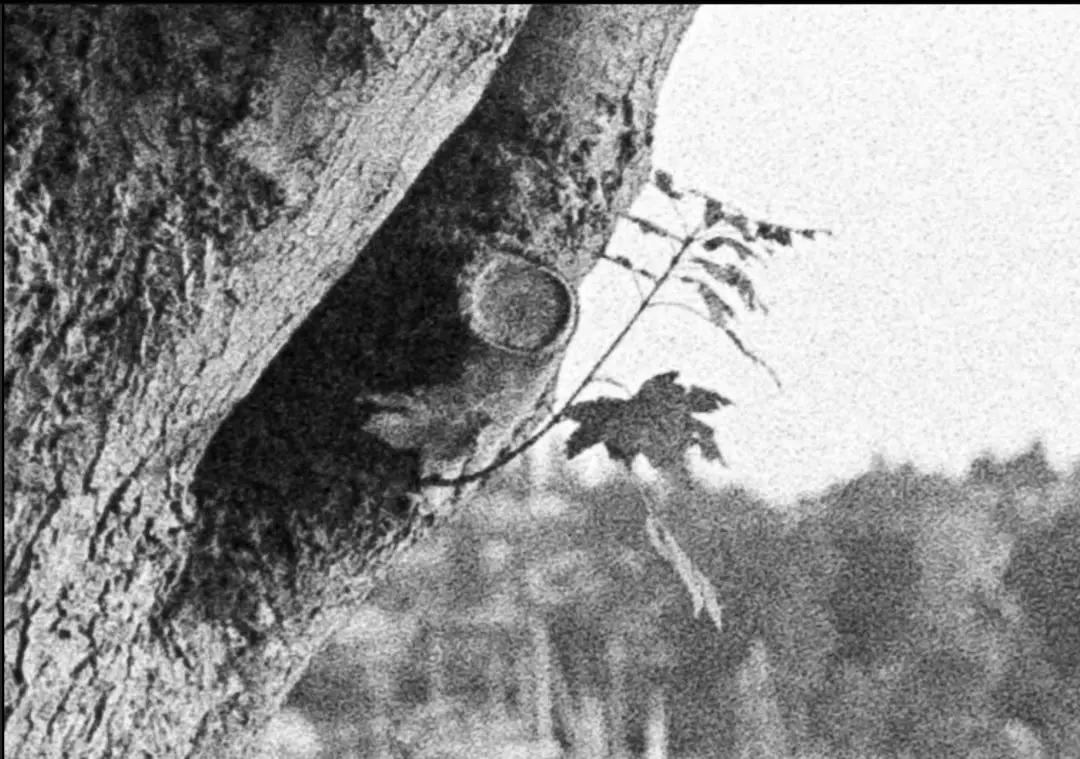
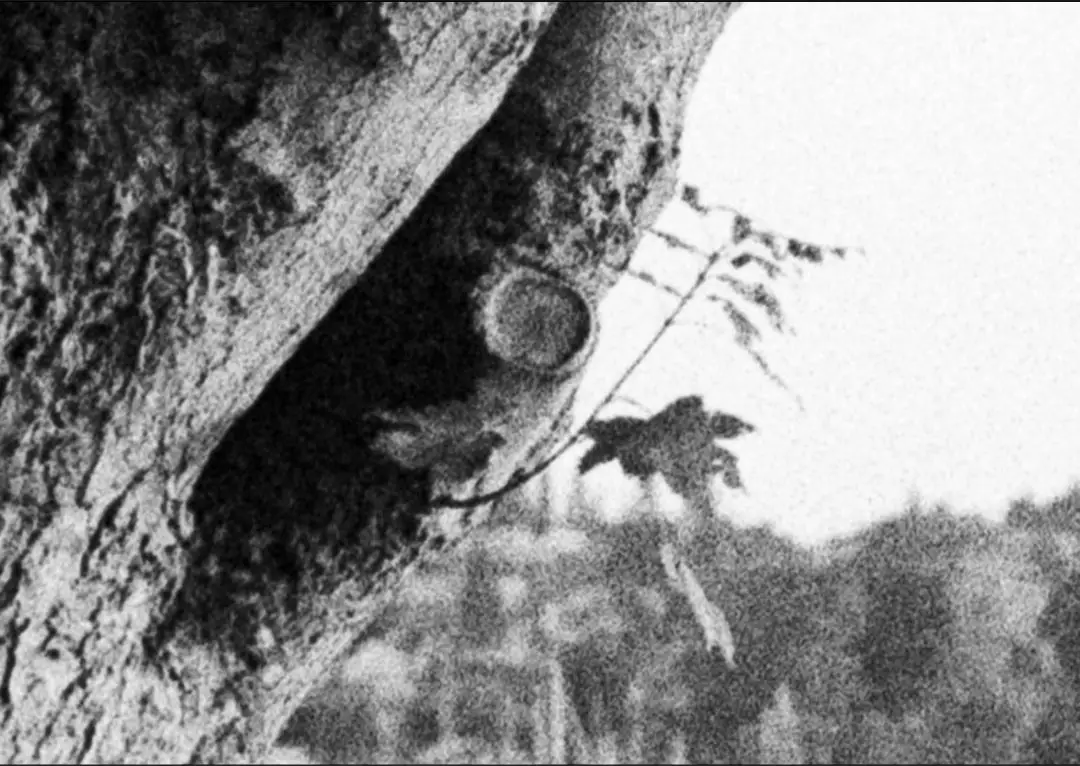
How do they look when zooming in?
Zooming in, there are some bigger differences. The Cawanol does not produce images that are as sharp as the Rodinal or DD-X. But you have to zoom in 300% to really see any appreciable difference. The lack of sharpness and edge contrast can really be seen in the leaves.
The Rodinal and DD-X both produce images that are approximately as sharp as each other, while the edges aren’t as sharp in the Cawanol Professional. The DD-X produced images that were much brighter and more detailed in the shadows than either of the other developers, which makes a big difference in post-production.
As far as grain, the Rodinal and Cawanol do produce bigger grains. But the actual effect when shooting a well-exposed image at box speed isn’t all that pronounced, or even noticeable.
I did notice that the Cawanol produced oversized grains when the images were overexposed as in one of the marked examples above. But that was my fault — the aperture mechanism failed mid-roll, and I didn’t notice until I got home and tested the camera again.
What are the downsides of Cawanol?
Like every developer, Cawanol Professional does have some faults of its own.
The primary downside is that it’s expensive.
Caffenol, in general, is expensive to make at home — requiring 45 grams, or approximately half a standard jar of instant coffee, and 20-40 Vitamin C tablets, depending on their concentration. Overall, a liter of solution made at home can cost around $8 or more to develop 4 rolls of 35mm film or 2 rolls of 120.
Cawanol costs $6.77 CAD to produce 1L of working solution, or $1.70 per roll before factoring in shipping costs.
Rodinal, which produces similar results, cuts that cost down to .21 per roll (in Canada — it’s likely even cheaper in the US and Europe) when developing with a 1+50 dilution and has a virtually unlimited shelf life. The downside, however, is that Rodinal is formulated using P-Aminophenol, which is an environmentally damaging chemical.
DD-X, which is one of the most expensive widely available film developers (and one of the best ever created for pushing film while keeping grain small), costs $1.25 per roll in Canada. All in all, though, $1.70 a roll is still an absolute steal compared to having film developed in a lab. For the average home developer, I doubt that extra .45 cents will make a difference.
The next downside to Cawanol is that it loses film speed.
Looking at the results above, the first thing that really stands out is how much darker the shadows are when developed in Cawanol Professional compared to the other developers. Even Rodinal, which is not known for its speed, brighter, more detailed shadows.
If you’re looking for extra contrast, this can be a really pleasing effect. But it’s possible to get that same result in Lightroom or in the darkroom by decreasing exposure in the shadows, or by using a high contrast filter in the darkroom. Reducing contrast in post to recover the shadows is not possible.
This also means that Cawanol Professional will not be ideal for pushing film, as it will exhibit greater contrast.
The last downside is the development times
Cawanol Professional requires a 16-minute development time when shooting at box speed. Faster films will save a minute, while slower and T-Grain films take a little longer.
Most developers can get a roll at box speed done in less than 10 minutes.
That’s not really a big deal, especially if you like the results of this developer, or want to get into caffenol for the environmental benefits. But it can feel like a very long time if you have a bunch of rolls to get through.
Here’s a link to the Cawanol Professional dev times for most major films.
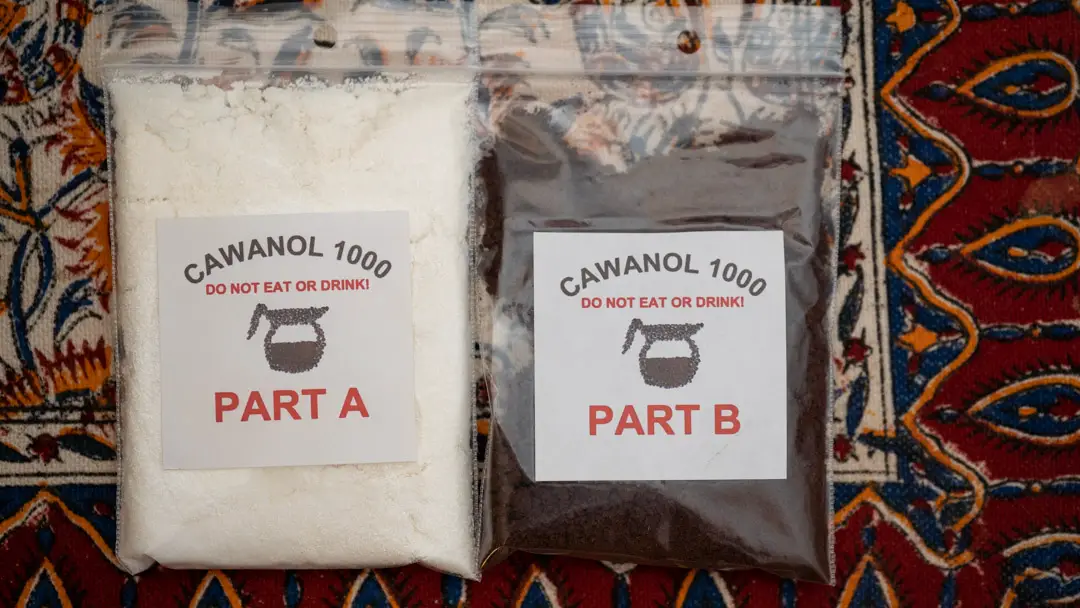
How to use Cawanol
In its powdered form, it’ll likely never expire. Once mixed, the entire contents of the packaging should be stored in a sealed bottle and used within 24-48 hours to ensure the chems stay fresh.
The developer is also surprisingly easy to mix compared to some commercial developers from Kodak. Using room temperature water, slowly mix the contents from Part A (the white package) into the full amount of water for your pack, and continue to agitate until all of the powder is mixed in. If clumps form on the bottom of the container, break them up with a stirring stick or spoon. Let the solution stand still for 3 minutes and stir again.
After letting the solution settle, add in Part B, the coffee-colored package. Part B will mix in much easier, and won’t require much additional stirring. In total, I found the entire mixing process took no more than 10 minutes.
Once you’ve got the developer mixed, then it’s time to let the development magic happen. Every roll of film requires a slightly different time. Caffenol Lab has this dev time chart for most common films.
If you’re not sure how to develop film, I wrote a simple guide on the process here.
Final thoughts: can caffenol be professional?
Cawanol Professional is a unique film developer, and I’m glad to have it on the market. There are some downsides compared to the standard developers available on the market today.
The developer is more contrasty than standard developers, and while you can always make the shadows darker, you can’t bring out more detail after it’s been lost. But that doesn’t mean it’s not good.
Cawanol Professional produces beautiful images. Full stop. It’s a great choice for street photography, portraiture, and even landscapes if you want that contrasty look. But best of all, it has a very small environmental impact, and that’s something to celebrate.
I also believe this developer is great for introducing photographers to caffenol. Once you’ve got the process down, you can start experimenting with new formulas or make your own caffenol recipes.
Cawanol Professional provides a solid baseline that creates repeatable results. And I’m personally very excited to see and support small producers coming out with novel products like this.
Cawanol Professional is absolutely worth trying out and keeping stocked on your shelf. The powdered format will not expire over time, so it’s easy to store away until you’re ready to develop a couple of batches of film. If you’re the type that doesn’t shoot film often, then this is a great option.
Caffenol Lab also ships internationally. Check them out and give Cawanol Professional a try!

By Daren
Daren is a journalist and wedding photographer based in Vancouver, B.C. He’s been taking personal and professional photos on film since 2017 and began developing and printing his own photos after wanting more control than what local labs could offer. Discover his newest publications at Soft Grain Books, or check out the print shop.
